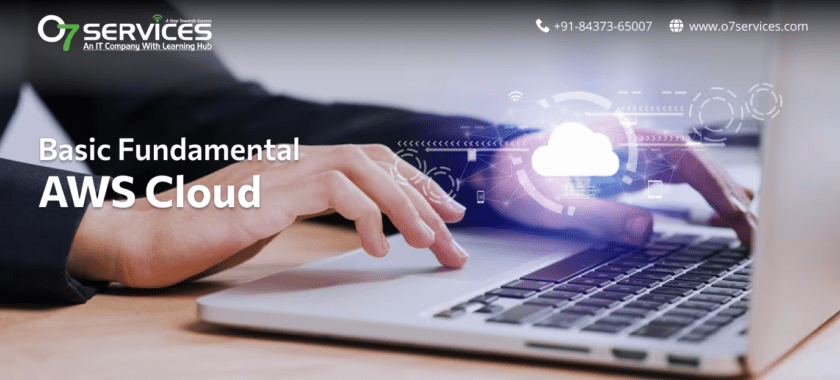Basic Fundamental AWS Cloud
Amazon Web Services (AWS) is a comprehensive cloud computing platform offered by Amazon, delivering a wide range of computing resources and services over the internet. It enables businesses to leverage scalable and flexible IT infrastructure without the need for significant upfront investments. Here’s a concise overview of the basic fundamental AWS Cloud components and concepts:

-
Infrastructure as a Service (IaaS):
AWS provides virtualized computing resources, including virtual machines (EC2 instances) and storage (EBS volumes), allowing users to build and manage their applications and configurations.
-
Platform as a Service (PaaS):
- AWS Elastic Beanstalk offers a platform for deploying and managing applications without concerning yourself with the underlying infrastructure. It’s particularly suitable for developers looking to deploy code quickly.
-
Software as a Service (SaaS):
- AWS offers SaaS solutions like Amazon WorkMail and Amazon Chime, allowing users to access software applications over the Internet without the need for local installation.
-
Networking Services:
- AWS provides a Virtual Private Cloud (VPC) to isolate and secure resources within a virtual network. It also includes services like Elastic Load Balancing (ELB) for distributing incoming application traffic and Amazon Route 53 for domain name system (DNS) management.
-
Storage Services:
- AWS offers versatile storage solutions such as Amazon S3 for scalable object storage, Amazon EBS for block storage, and Amazon Glacier for long-term archival storage.
-
Database Services:
- Amazon RDS provides managed relational databases, while Amazon DynamoDB offers a managed NoSQL database service. These services simplify database setup, operation, and scaling.
-
Compute Services:
- Amazon EC2 (Elastic Compute Cloud) allows users to rent virtual servers for running applications. EC2 instances can be selected based on computing power, memory, and other requirements.
-
Serverless Computing:
- AWS Lambda enables developers to run code without provisioning or managing servers. It automatically scales based on the incoming traffic and executes code in response to triggers.
-
Security and Identity:
- AWS Identity and Access Management (IAM) enables centralized control over user access to resources. Security Groups and Network ACLs help control traffic flow, ensuring a secure environment.
-
Monitoring and Management:
- AWS CloudWatch provides monitoring and observability services for resources and applications. AWS Management Console offers a user-friendly interface to manage AWS services.
-
Deployment and Automation:
- AWS CloudFormation enables users to define and provision infrastructure as code, facilitating consistent and repeatable resource creation. AWS Elastic Beanstalk simplifies application deployment and scaling.
-
Global Reach:
- AWS offers multiple Availability Zones and Regions globally, allowing users to host applications closer to their target audience for improved performance and reliability.
-
Economies of Scale:
- AWS operates on a pay-as-you-go model, enabling businesses to pay only for the resources they use. This eliminates the need for large upfront investments and allows for cost optimization.
-
Resilience and High Availability:
- AWS services are designed with redundancy in mind, ensuring high availability and fault tolerance for applications.
-
Migration and Hybrid Solutions:
- AWS provides tools and services for migrating on-premises applications to the cloud, enabling hybrid architectures that combine both on-premises and cloud resources.
Conclusion:
In conclusion, understanding the basic fundamental AWS Cloud concepts, including IaaS, PaaS, SaaS, networking, storage, databases, and serverless computing, is essential for businesses and individuals seeking to harness the power of cloud computing to innovate, scale, and optimize their operations.


Leave a Reply